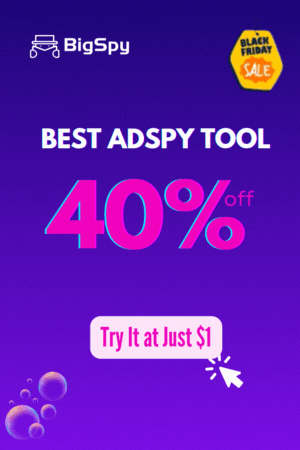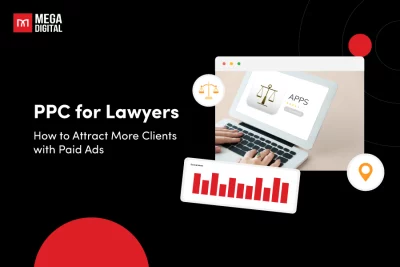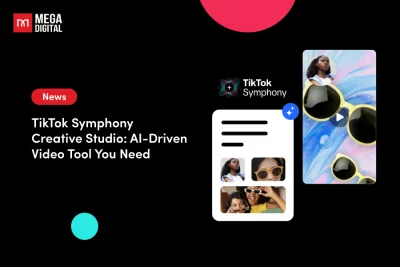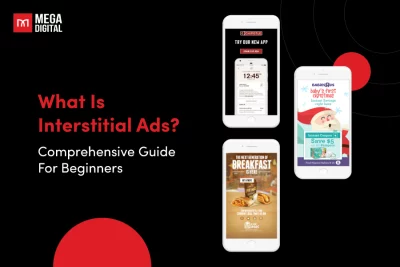If you’re managing a business on Facebook, knowing the differences between a Facebook Page and a Profile is essential for success. Still, many businesses are still unsure whether to create a Facebook Page or a Profile. Don’t worry! This blog post will clarify these differences and guide you in selecting the best option for your business.
Table of Contents
Things You Need to Know about Facebook Page and Profile
First, let’s explore some basic features of a Facebook Page and a Profile. Understanding these basics will help you see how they differ and guide you in making the right choice.
Facebook Page
A Facebook Page is a business account that represents a company, organization, brand, or a public figure. It looks similar to a Facebook Profile, but it offers unique tools for managing and tracking engagement.
Unlike a personal Facebook profile, which is meant for individual users, a Facebook Page is designed for public communication. Pages can be followed or liked by Facebook users, allowing them to receive updates and posts from the Page in their news feed.
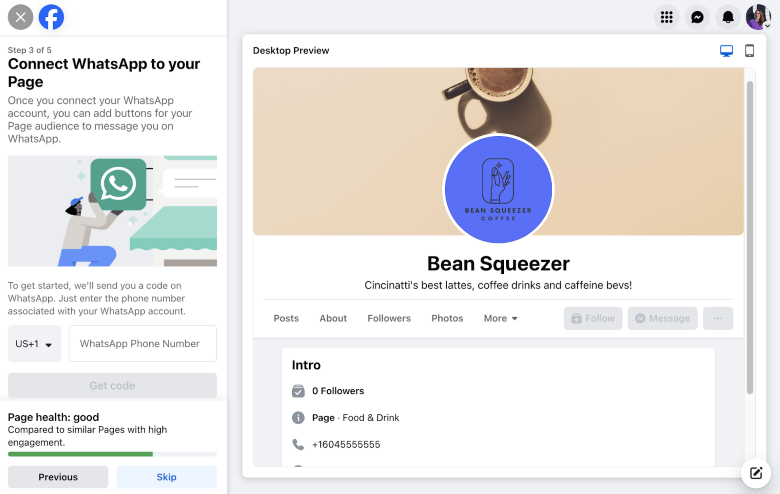
However, You must have a profile to create a Page or help manage one.
A Facebook Page offers public visibility, role assignments for team management, business tools for tracking performance and running ads, and features for sharing updates and engaging with followers.
>>> Read more: How to Create a Facebook Business Page and Boost Your Brand
Facebook Profile
A Facebook Profile is a personal account. It’s for non-commercial use and represents individual people. When you first sign up for Facebook, you’re given a profile. Facebook profile allows you to share updates, photos, and other personal content with friends, family, and acquaintances. When you create a Facebook Profile, you provide details such as your name, profile picture, cover photo, and basic information like your location, education, and work history.
Remember, your Facebook Profile is for personal use only and shouldn’t be used for business purposes in any manner.
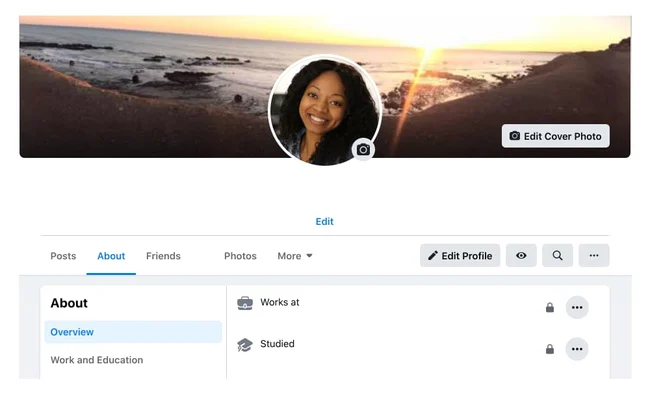
Profiles can also serve as a platform for creators to engage with their audience by enabling professional mode. When professional mode is activated, anyone can follow the creator’s profile and view their public content in their Feed. Even with professional mode on, creators have the option to share posts and updates either with friends only or with a broader public audience. To view your profile, simply click or tap on your name or profile picture at the top of Facebook.
Here are some basic features of a Facebook Profile:
- Personal Information: Your Profile shows your contact details, interests, and biographical info, keeping friends and family updated on your life.
- Friends and Followers: Profiles feature a close-knit network of friends, with the option to follow others without a friend request, offering more flexible connections.
- Privacy Settings: Customize who can view your posts and info, with options to share with friends, specific groups, or the public.
- Content Sharing: Post status updates, photos, videos, and links visible to your friends or selected audience, promoting personal engagement.
- Messaging: Privately chat with friends and connections through one-on-one or group conversations.
9 Key Differences Between Facebook Page and Profile
When choosing between a Facebook Page and a Profile for your business or personal use, it’s crucial to understand their distinct differences. Each serves unique purposes and offers various features tailored to different needs.
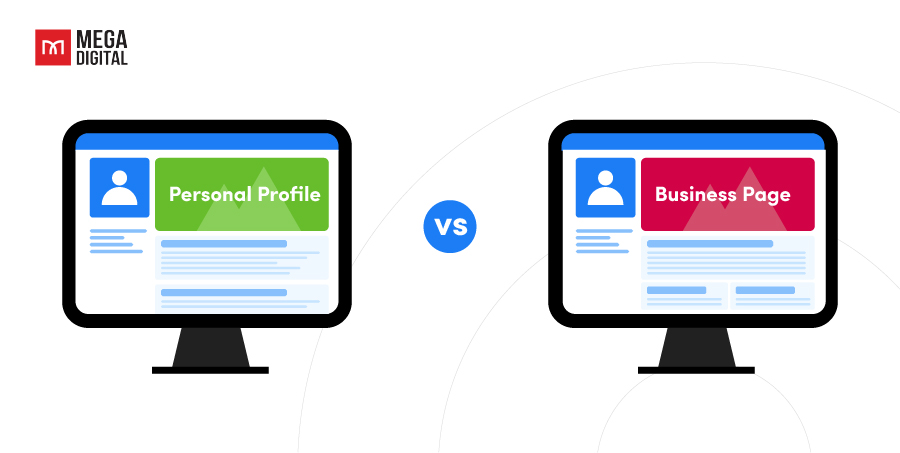
1. Purpose and Use Cases
Profile
Profiles are designed for personal connections and updates. They cater to individuals who want to share personal experiences, thoughts, and life events with their friends and family. The focus is on maintaining and nurturing personal relationships through regular interactions and updates.
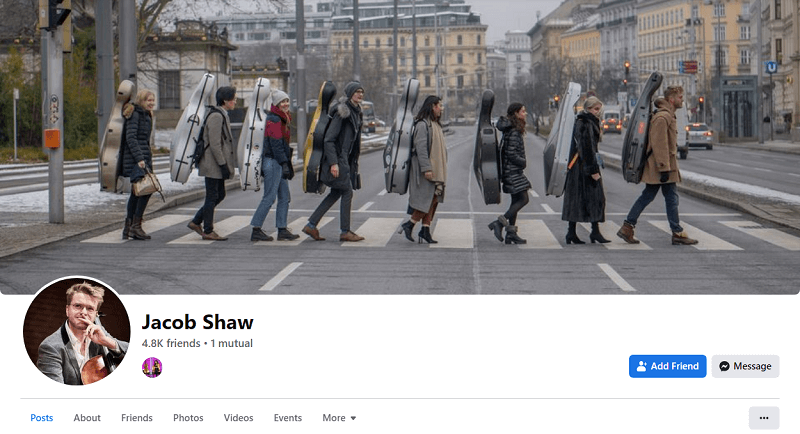
Page
Pages are intended for business, marketing, and public engagement. They are used by companies, brands, and public figures to promote their products, services, or personal brand. Pages support a range of business activities, including advertising, event promotion, and customer interaction, making them a key tool for public relations and marketing strategies.
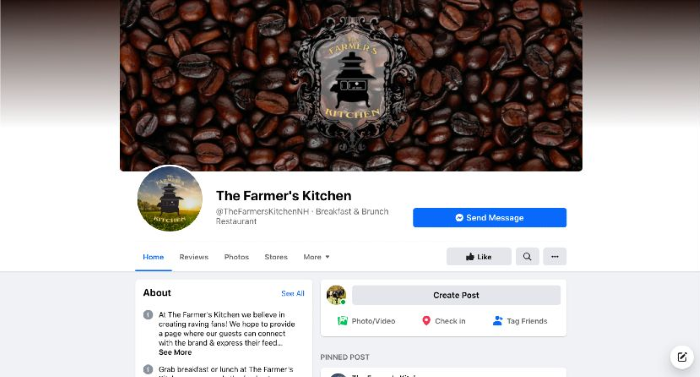
Conclusion: Facebook Profiles are best for personal connections and sharing life updates, while Facebook Pages are designed for businesses to promote their brand, engage with a broader audience, and manage marketing activities.
2. Audience and Accessibility
Profile
A Facebook Profile is restricted to friends and followers. Only people you add as friends or who follow you can view your content, making it ideal for personal use and maintaining close connections. Privacy settings allow you to control who can see your posts and information, providing a more secure and private space.

Page
In contrast, a Facebook Page is publicly accessible. Anyone on Facebook can view and follow the Page, making it perfect for reaching a broader audience. This public visibility supports businesses and organizations in engaging with potential customers and building a larger online presence.
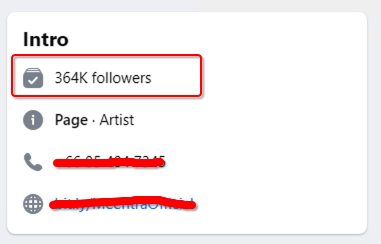
Conclusion: While Facebook Profiles are private and suitable for personal connections with restricted visibility, Facebook Pages are public, allowing for broader audience reach and prospects engagement. Using broad targeting facebook ads is also an ideal way to reach new potential customers.
3. Connections
Profile
On a Facebook Profile, users can send and accept friend requests to connect with others. The number of friends is limited to 5,000, allowing for a more exclusive network. This is ideal for personal interactions, where individuals can manage their connections and build relationships with a finite group of people.
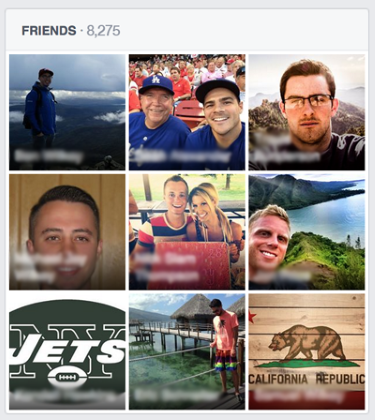
Page
In contrast, a Facebook Page allows for an unlimited number of followers and likes, making it suitable for broader public engagement. Unlike Profiles, Pages do not send or receive friend requests. Instead, users can choose to follow or like a Page to stay updated with its content. This approach allows businesses and public figures to reach and engage a larger audience, helping to build a significant online presence.
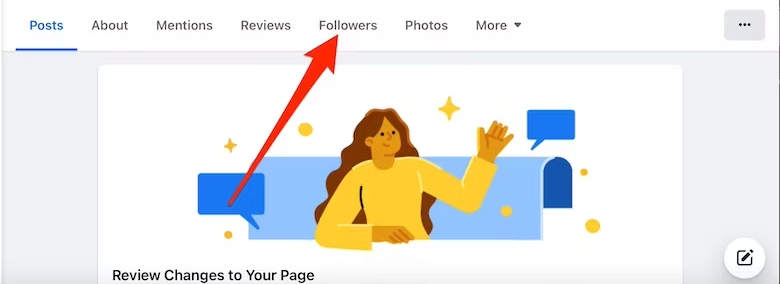
Conclusion: Facebook Profiles are best for personal connections with up to 5,000 friends, while Pages support unlimited followers and likes, making them ideal for building a public presence.
4. Content Management
Profile
By using a Facebook Profile, users can share personal updates, photos, videos, and life events. The focus is on personal interactions and sharing experiences with friends and family. Content management is straightforward, with users manually posting updates and interacting with their network.
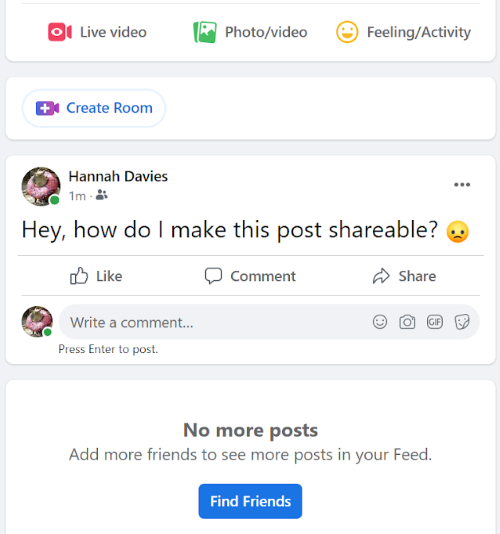
Page
Facebook Pages are designed for more structured content management. They allow for posting a variety of content, including updates, promotions, and events, relevant to the business or public figure represented. Pages offer advanced tools for scheduling posts, creating events, and running promotions through ads.
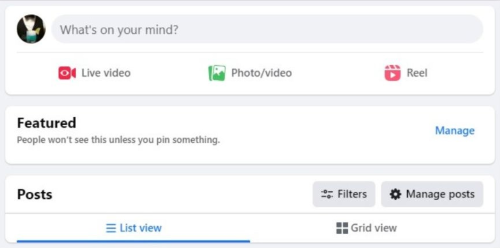
Conclusion: Facebook Profiles are suited for personal updates and interactions with friends. On the other hand, Pages offer advanced tools for managing business-related content and engaging with a broader audience.
5. Insights and Analytics
Profile
Profiles offer basic personal features, such as posting updates, sharing photos and videos, and sending messages. They lack advanced tools and analytics, focusing instead on facilitating personal communication and content sharing.
Page
Pages come with advanced business tools, including detailed analytics (Insights) to track performance, various advertising options for targeted marketing, and messaging features to interact with followers. These tools are designed to help businesses manage their online presence effectively and measure their success.
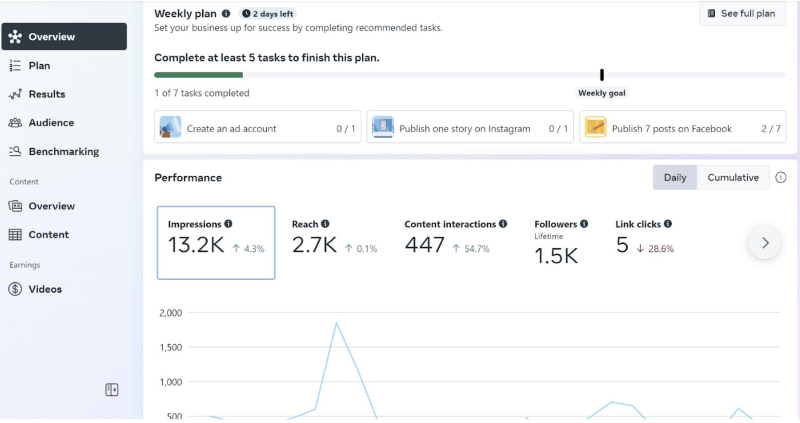
Conclusion: If you only need basic features for personal use, a Facebook Profile is a solid choice. However, if you seek detailed insights, business tools, and targeted marketing capabilities, you should use Facebook Page.
6. Advertising
Profile
A Facebook Profile does not support direct advertising. Users cannot run ads from their Profile. Instead, they must create a Facebook Page to access advertising features. This limitation means Profiles are suited for personal use and content sharing but do not facilitate marketing activities.
Page
A Facebook Page, on the other hand, is designed for advertising. It allows users to create and manage paid ad campaigns, promote posts, reach targeted audiences, and achieve specific marketing goals. Pages provide tools for designing, targeting, and analyzing ads, making them essential for businesses and brands looking to drive engagement and achieve measurable results.
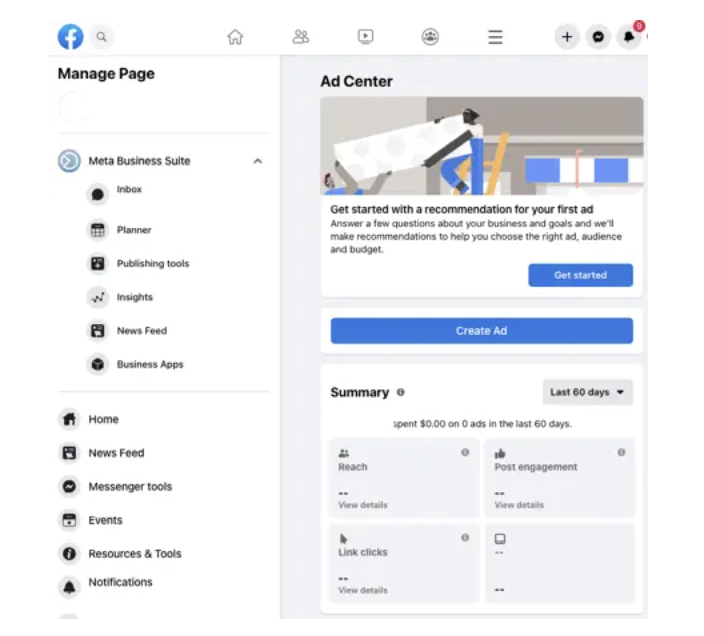
Conclusion: If you want to run paid advertising campaigns and reach targeted audiences, a Facebook Page is necessary. A Profile is only for personal content sharing.
7. Legal Ownership
Profile
A Facebook Profile is owned and managed by the individual who created it, with personal login credentials. It represents the individual’s personal identity on Facebook, and all activities, posts, and interactions are tied to this personal account.
Page
A Facebook Page, however, allows multiple users to be assigned specific roles, such as admin, editor, or advertiser. Different individuals can handle various aspects of the Page’s operation, such as content creation, advertising, and analytics, without needing to share personal login credentials.
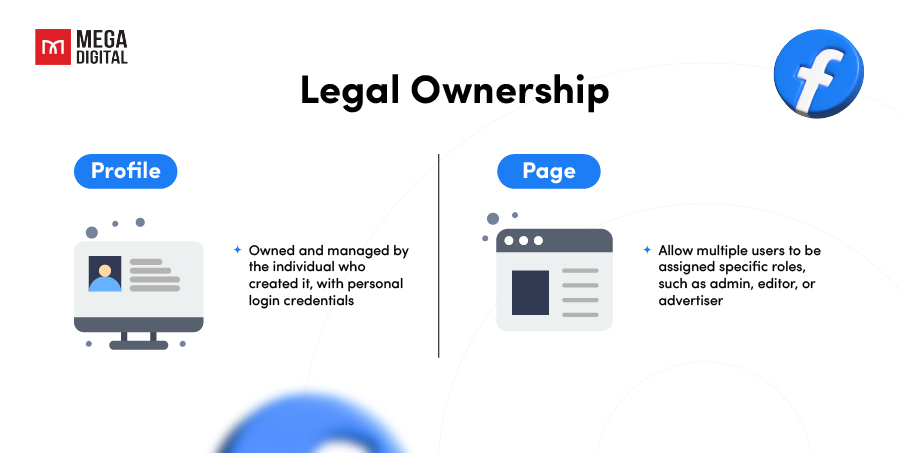
Conclusion: For personal use, a Profile is managed by a single individual with personal credentials. In contrast, a Page supports multiple users with different roles in an organization or a business.
8. Messaging
Profile
Everyone using Facebook for social media surely uses Messenger for personal communication. This feature allows users to send and receive private messages from their friends and connections, making it ideal for one-on-one conversations and maintaining personal relationships.
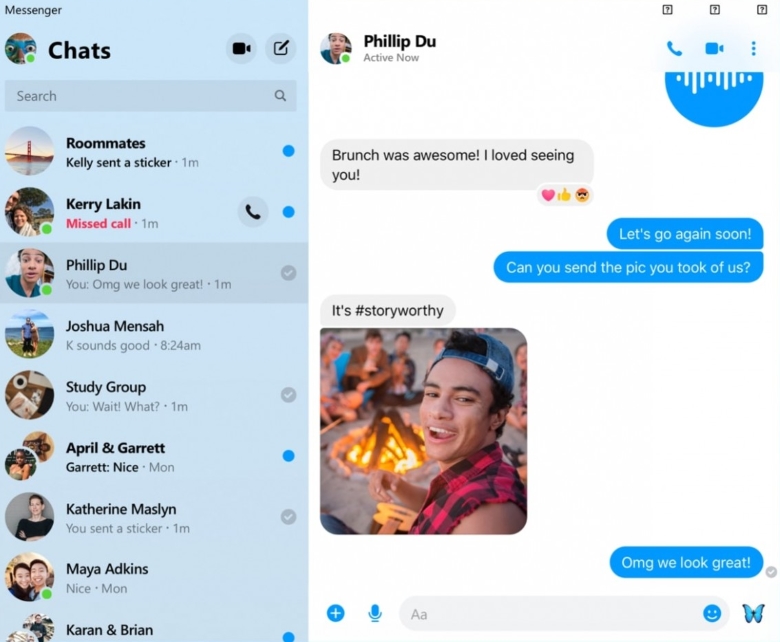
Page
A Facebook Page also uses Facebook Messenger but is tailored for business communication and customer support. Pages often integrate automated responses and chatbots to handle customer inquiries efficiently and manage interactions with a larger audience, supporting tasks such as answering FAQs and providing support.

Conclusion: While Facebook Profiles use Messenger for personal and direct interactions, Pages leverage Messenger for broader customer support and engagement, often incorporating automation to handle a higher volume of messages.
9. Privacy and Security
Profile
Profiles have customizable privacy settings, allowing users to control who can view their content and personal information. You can set posts to be visible only to friends, specific groups, or the public, offering a flexible approach to privacy.
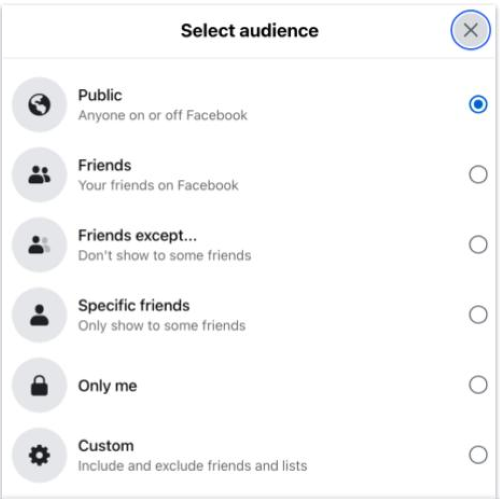
Page
Pages are public by default, meaning all content is visible to everyone on Facebook. Privacy settings for Pages are limited to administrative functions, focusing on controlling access to Page management tools rather than content visibility.
Conclusion: Profiles allow for personalized privacy settings. Conversely, Pages are publicly accessible, ideal for businesses or public figures seeking to reach a wider audience.
Facebook Profile vs Page: Which to Use?
To help you quickly grasp the key differences between a Facebook Profile and a Page, here’s a summary table that outlines the main aspects of each.
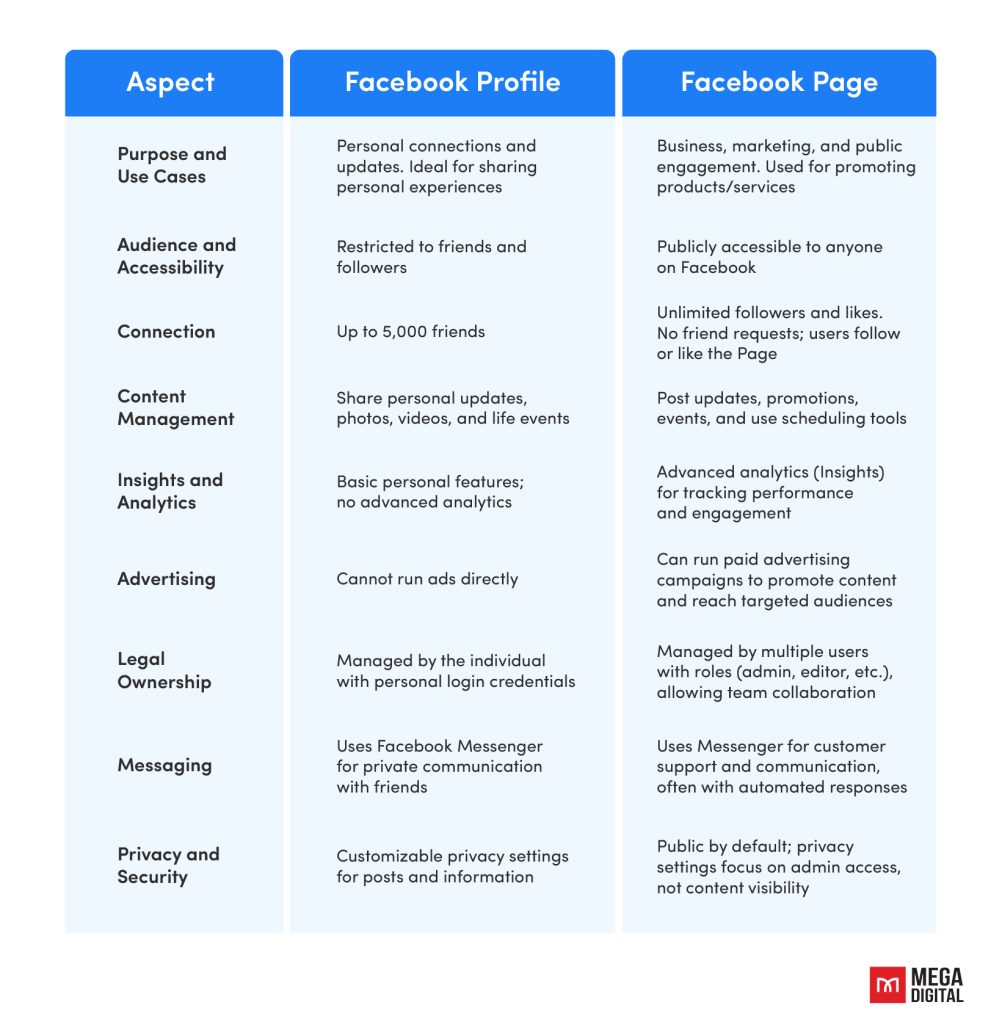
Choosing between a Facebook Profile and a Page depends on what you’re aiming to achieve. A Facebook Profile is perfect for keeping in touch with friends and family, sharing personal updates, and maintaining privacy. It’s designed for those who want to interact closely with a smaller circle.
On the other hand, a Facebook Page is ideal if you’re looking to reach a wider audience, promote your business, or engage with the public. It offers more visibility and tools for advertising and analytics, making it a great choice for businesses and public figures who want to make a bigger impact online.
How to Switch Between a Facebook Profile and a Page?
Switching between a Facebook Profile and a Page can help streamline your social media management. This process is so simple, and it only takes you a minute to do it. Here’s a step-by-step guide on how to handle this transition:
Step 1: Access Your Page
Click on the profile picture icon in the top right corner of Facebook.
Step 2: Switch to Your Page
From the dropdown menu, select your Page’s name. This will take you to the Page view where you can manage and post content.
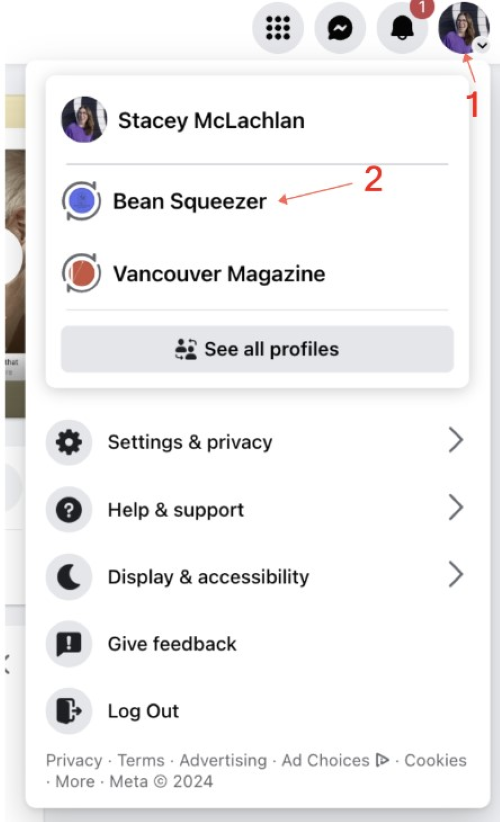
To return to your Profile, click on your Page’s profile picture at the top right again, and select “Switch to Profile.” This will bring you back to your personal account where you can continue to interact with friends and family.
How to Manage Both Facebook Page and Profile?
I see many companies use a Profile for personal interactions and manage one or more Pages for their business. In some cases, a single Profile oversees multiple Pages for different business aspects or audiences. It’s important to manage both simultaneously, as each complements the other – Profiles enhance personal connections while Pages focus on business needs.
So, how can businesses manage both their Profile and Pages effectively, avoiding errors and ensuring smooth operations? Here are some commonly used practices to help you achieve that:
Use Facebook Business Suite
Facebook Business Suite provides a centralized platform where you can create, schedule, and publish content for your Page. With Business Suite, you can access detailed analytics and insights about your Page’s performance.
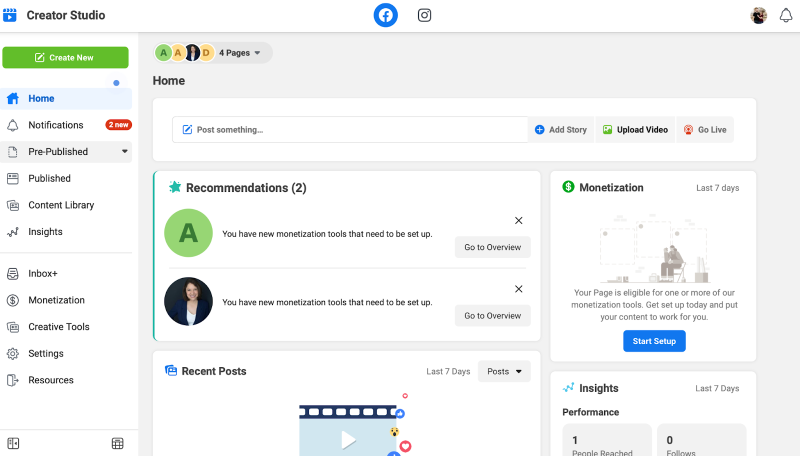
The tool also allows you to create and manage ads directly from the same interface. You can set up ad campaigns, track their performance, and adjust budgets or targeting to optimize your advertising efforts.
Use Meta Business Manager
Meta Business Manager is designed to manage multiple Pages and ad accounts in one place, set up permissions for team members, and review ad performance. It simplifies tracking and reporting, ensuring that you can efficiently allocate resources and evaluate the success of your advertising campaigns.
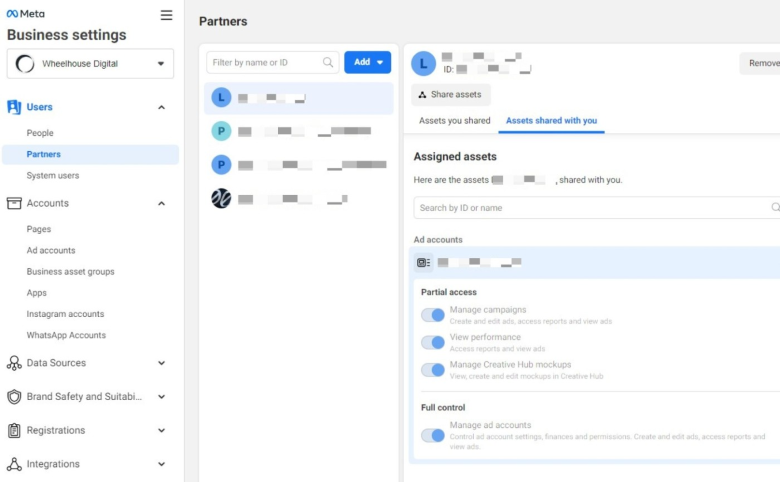
Assign specific roles and permissions to team members, so they can access only the areas relevant to their responsibilities. This feature enhances security and ensures that your business operations are handled by the right people.
Separate Activities
To maintain a clear distinction between personal and business content, set aside dedicated times for managing each. For example, you might allocate mornings for personal updates on your Profile and afternoons for business-related activities on your Page.
Developing a schedule for when you check and update each platform can help prevent overlap and ensure that both your personal and business accounts receive the attention they need. This approach helps in maintaining a professional appearance while staying engaged with personal connections.
Wrap-up
In summary, knowing the difference between a Facebook Page and a Profile is essential for managing your online presence effectively. By using the unique features of each, you can enhance personal connections and drive business growth. Whether you’re setting up a new Page or managing multiple accounts, these strategies will help you optimize your social media efforts and achieve your goals.





